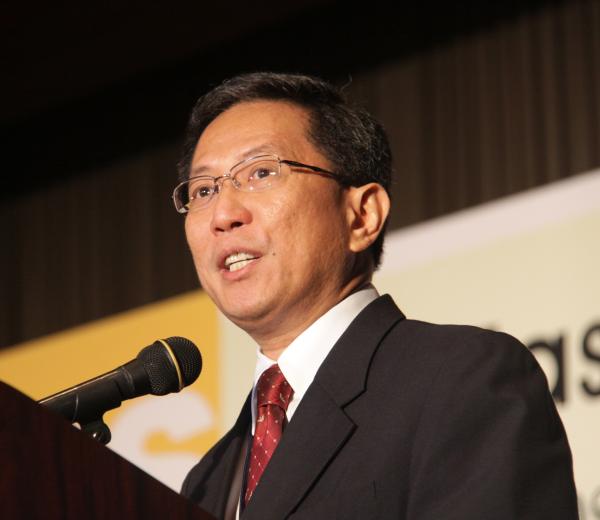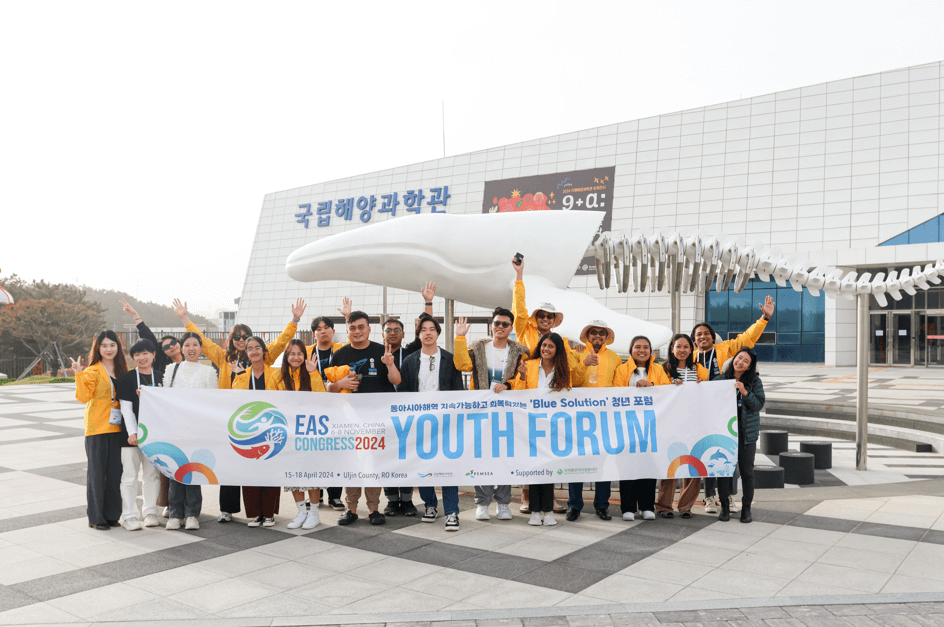Interview on the development of PEMSEA with Prof. Raphael Lotilla
Tuesday, 23 August 2022

On 26 November 2009 PEMSEA officially became an international organization for coastal and ocean governance with its own legal personality. It could now enter into contracts and receive and manage funds in its own name. In July 2012, the Headquarters Agreement between PEMSEA and the Philippines was signed by then PEMSEA Executive Director Prof. Raphael Lotilla and Philippine Foreign Affairs Secretary Albert del Rosario. In May 2015, the Philippine Senate ratified the Headquarters Agreement, and adopted it to establish the PEMSEA Resource Facility. As part of The PEMSEA Story, Prof. Raphael Lotilla reflected on these developments in an interview, reproduced below.

In your essay “The Road to Recognition” in the book Perspectives on Building a Regional Mechanism for Coastal and Ocean Governance in the Seas of East Asia, you recounted the 2006 signed agreement among Country Partners to recognize the international legal personality of PEMSEA was signed in 2006. Has being a legal entity made PEMSEA’s regional work easier?
The agreement itself facilitates the implementation of SDSSEA. Even before the agreement on legal personality was adopted, though, it didn’t mean the countries weren’t taking steps to implement it. What it does is pave the way for PEMSEA to be a sustainable regional effort that would not be fully dependent on just one or two funding sources. You have to have the mechanism in place; you need the international legal personality in order to open accounts, receive funds, enter into agreements on how PEMSEA can assist countries. Before that, PEMSEA was just a regional program of GEF, implemented by UNDP.
That doesn’t solve all the issues, however, because at the end of the day, it’s the commitment of the regional partners, the individual countries, that will sustain it, and we live in a complex region with complex politics.
You also wrote, “By being able to manage its own funds, PEMSEA has better chances of cost-efficiency and sustainability.” Does this mean PEMSEA would be able to focus more with bigger and more secured funding?
If PEMSEA had a huge fund, it could use the funding leverage. PEMSEA’s funds are, in the greater scheme of things, small, which you have to divide among several countries. You hope that as countries would want to implement the SDS-SEA, they would find that the PEMSEA mechanism would be an effective instrument.
International organizations have politics of their own that consume your energies and resources instead of the main focus. You spend time going to each of these countries having them sign an agreement, and sometimes they lose focus on implementation. Those are among the challenges.
The thing is, by focusing on working with local governments and communities, one gets around a number of difficulties.
The downside of not having a legal personality is that funds have to be coursed through one of the UN bodies, and then through the Philippines, as country office and regional conduit. There will be management fees, so how much would redound to actual implementation? Plus, to get the signatures of officers and ministries in each country is quite a task. Having a separate legal personality was meant to simplify things. PEMSEA could then receive funds directly from GEF, put up its own mechanisms for audit and financial control, and cut through different levels of approval and decision-making.
Why was the Philippines chosen as the host country, and what led to this decision?
The Philippines really made a strong representation, and had some advantages at that particular point. For one thing, we were an ASEAN country, and we had the full backing of the government through the DENR. We were also a center of biodiversity. Our marine environment is actually far bigger than our land territory, and we have a strong marine science community here.
What do you think has been PEMSEA’s biggest contribution to sustainable coastal development and the state of the seas? How do you foresee PEMSEA’s role in the future?
The best thing PEMSEA did remains working at the local community level. You can really see the commitment and see projects grow, to the level where activities become sustainable, and you can see the continuity despite changes in administration at the local level. To me, that’s the sustainable development part they’ve been able to achieve, whether it’s Bataan, the Philippines, or Sriracha, Thailand.
There has been some deterioration; when national government policy collides with that of the local people, you have a mismatch in terms of political power, to the detriment of the locals. PEMSEA was able to integrate a number of activities, however.
I can’t say that direction is clear, precisely because of the political turmoil in the region. We have to learn to live with changes in government. But even in times of COVID-19 or climate change, the sustainability of the response will still be based on the ground. It doesn’t lose its significance or scientific basis, especially at a time when you don’t know where the next challenge will come from. Integration would still have to be promoted, because that is the only way to bring actors together at the local level.



